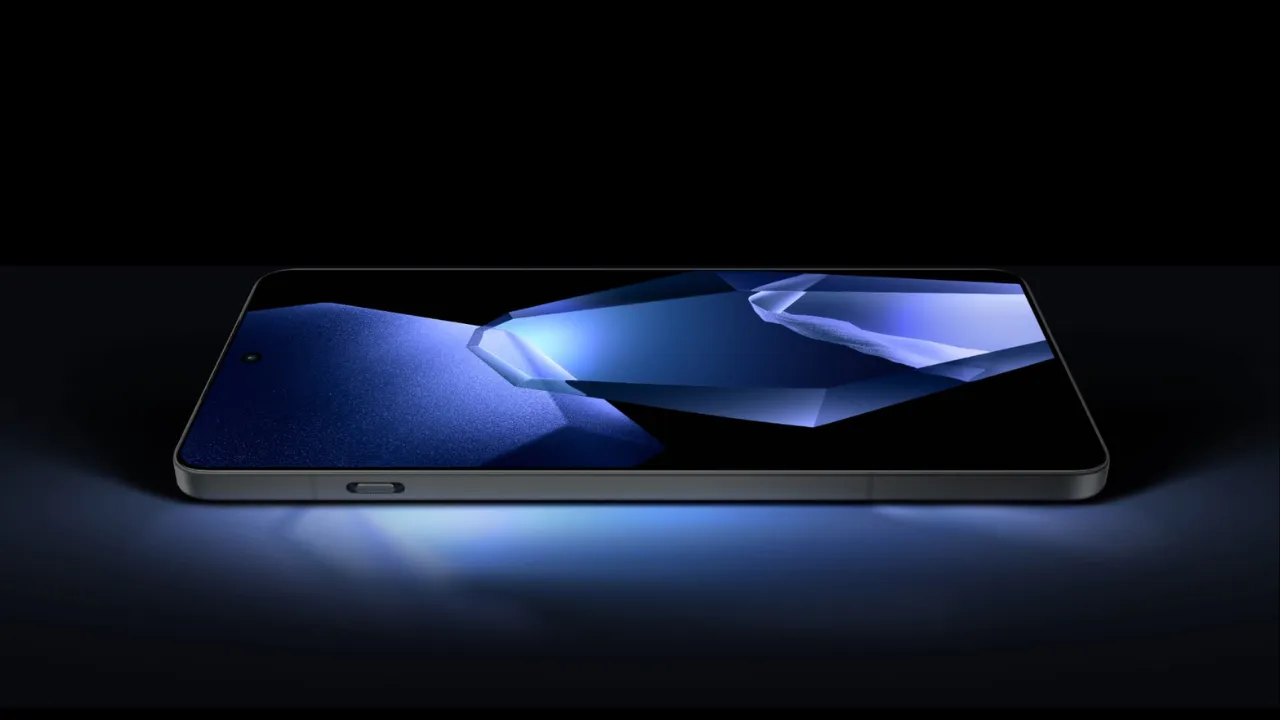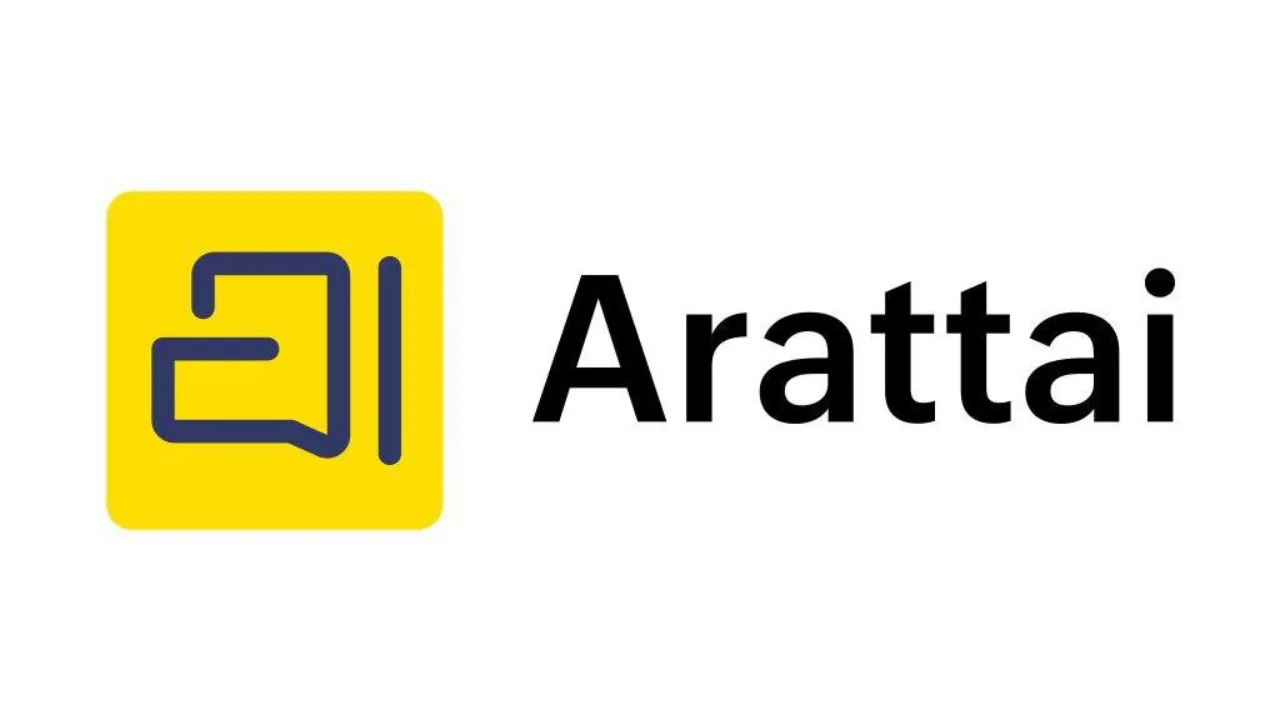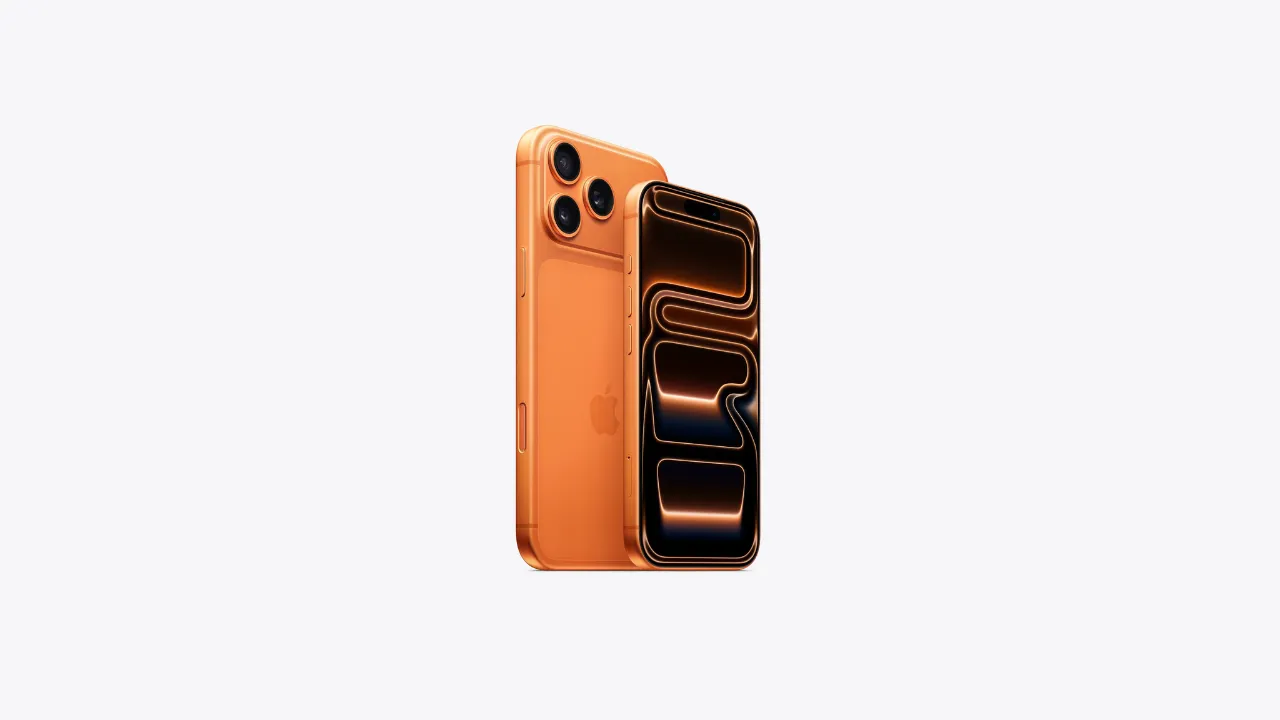Introduction
The Google Pixel 10 has arrived in 2025 with a promise to redefine what we expect from a flagship smartphone. As a tech blogger, I have seen countless devices claim to be revolutionary, but the buzz around this year’s Pixel feels different. Google has positioned the Pixel 10 not just as another premium phone but as a showcase of how hardware and AI-driven software can work in perfect harmony. From its sleek design and upgraded performance to the advanced camera system and deeper integration of AI tools, every aspect of the Pixel 10 seems aimed at offering a next-generation experience.
In the past, the Pixel series has been known for its exceptional photography and clean Android experience, and the Google Pixel 10 continues to build on that legacy. What sets it apart is the introduction of more personalized, intelligent features that adapt to user behavior in real time. This is not just about faster speeds or better displays—it’s about making the phone an extension of your daily life. Whether you’re into content creation, mobile gaming, or simply need a reliable device for work, the Pixel 10 appears to check every box.
Of course, hype can sometimes overshadow reality, so it’s worth asking: is the Google Pixel 10 truly a game-changer, or just another incremental upgrade wrapped in marketing? Early impressions suggest that Google has made substantial leaps, especially in AI-powered photo editing, performance efficiency, and long-term software support. But the real test will be in everyday use—how it performs in the hands of regular users. In this blog, we’ll explore what makes the Google Pixel 10 stand out in 2025, and whether it deserves the title of the most innovative phone of the year. One thing’s certain: it has already sparked conversations across the tech world.
Launch Timeline
The Google Pixel 10 made its official debut in October 2025, following Google’s consistent tradition of unveiling new Pixel models in the fall. The launch event, streamed globally, showcased the device alongside other Pixel ecosystem updates, including new wearable integrations and AI-powered services. Pre-orders for the Google Pixel 10 began within hours of the announcement, with early adopters in key markets such as the US, UK, India, and Australia getting priority shipping. Google’s strategy this year has been to expand availability faster than before, aiming to reach over 50 countries within the first month of release.
For tech enthusiasts, the excitement around the Pixel 10’s release date wasn’t just about owning the latest hardware—it was about being among the first to experience the upgraded Tensor G5 chip, enhanced camera capabilities, and deeper AI integration promised in teasers. By aligning the launch with the year’s biggest tech season, Google ensured that the Pixel 10 stayed in direct competition with rivals like the iPhone 17 and Samsung Galaxy S25.
The rollout was phased to avoid stock shortages, a challenge Google faced with earlier models. First-wave shipments hit stores and doorsteps in late October, while the second wave reached additional markets by mid-November. Carrier partners also played a major role in pushing the Pixel 10’s early adoption through trade-in deals and bundled AI service subscriptions. Overall, the launch timeline reflects Google’s intent to position the Pixel 10 as one of the most accessible premium smartphones of 2025, giving it the momentum it needs to compete in a fiercely contested market.
Design Evolution
The Google Pixel 10 brings a fresh yet familiar design language that builds on the aesthetic foundation of previous Pixel models while refining it for 2025. At first glance, it retains the signature horizontal camera bar, but with sleeker lines, a slimmer profile, and a more premium finish. Google has clearly focused on making the Pixel 10 feel more modern without losing its recognizable identity. The edges are subtly curved for better grip, and the device feels noticeably lighter, despite packing in more powerful hardware.
One of the standout design changes is the use of aerospace-grade aluminum combined with recycled glass, giving the Pixel 10 a refined yet eco-conscious appeal. The back panel has a matte texture that resists fingerprints while offering a comfortable, non-slip feel. Google has also introduced bold new color options alongside its classic tones, catering to both minimalists and those who like their phone to make a statement.
The front of the Google Pixel 10 features a nearly bezel-less display with an even smaller punch-hole camera, maximizing screen real estate without compromising on durability. The overall build is more robust, with an improved IP68 water and dust resistance rating, making it ready for everyday challenges. Even the haptics have been fine-tuned to provide more satisfying feedback during navigation and typing.
While the design upgrades may seem incremental at first, they collectively make the Pixel 10 feel more polished and premium than its predecessor. It’s clear that Google’s approach this year was not to reinvent the look entirely, but to perfect it—creating a smartphone that feels as good to hold as it is to look at.
Hardware and Performance
The Google Pixel 10 raises the bar in 2025 with a hardware package designed to deliver both raw power and intelligent efficiency. At its core is the new Tensor G5 chip, built on a cutting-edge 3nm process by TSMC. This upgrade not only boosts processing speeds but also significantly improves thermal management, ensuring the phone stays cooler even during demanding tasks like 4K video recording or extended gaming sessions. The integration of AI accelerators within the chip allows the Pixel 10 to handle complex machine learning tasks faster than ever, powering real-time language translation, advanced photo editing, and predictive user experiences.
In terms of memory and storage, the Pixel 10 offers configurations starting from 12GB RAM with UFS 4.0 storage, delivering lightning-fast app launches and seamless multitasking. Coupled with Android 16, the hardware works in perfect harmony with the software to provide an ultra-smooth user experience. Gaming performance has seen a noticeable leap, with higher frame rates, reduced latency, and support for ray tracing in select mobile titles, positioning the Pixel 10 as a capable device for serious gamers.
Connectivity is future-ready, featuring Wi-Fi 7, 5G with improved antenna design for better reception, and ultra-wideband (UWB) support for precise device location and smart home integration. Battery efficiency has also benefited from the new chipset, allowing the Pixel 10 to push more performance without draining power too quickly.
Overall, the Google Pixel 10 isn’t just about raw specs—it’s about how those specs are optimized to create a balanced, intelligent, and reliable smartphone experience. Whether you’re a power user pushing the limits or a casual user seeking seamless day-to-day performance, the Pixel 10’s hardware and performance upgrades make it one of the strongest contenders in 2025’s flagship lineup.
Display and Build
The Google Pixel 10 showcases one of the most refined displays in the Pixel lineup to date, offering a perfect blend of visual brilliance and durability. It features a 6.7-inch LTPO OLED panel with a dynamic refresh rate ranging from 1Hz to 144Hz, ensuring buttery-smooth scrolling while optimizing battery life. The resolution has been bumped to QHD+, paired with peak brightness levels exceeding 2,500 nits, making the screen effortlessly visible even under direct sunlight. HDR10+ support and an ultra-wide color gamut ensure that streaming content, gaming, and photo editing look vibrant, sharp, and true to life.
The bezels are slimmer than ever, giving the Pixel 10 an almost all-screen front, with an even smaller punch-hole camera that blends seamlessly into the display. Google has also fine-tuned touch responsiveness, making it more accurate for gaming and stylus use. Gorilla Glass Victus 3 covers both the front and back, providing exceptional scratch resistance and impact protection, while maintaining a premium look and feel.
When it comes to build quality, the Pixel 10 combines aerospace-grade aluminum with recycled glass, striking a balance between strength and sustainability. The matte finish on the back panel not only adds grip but also minimizes fingerprint smudges. The improved IP68 water and dust resistance means it can handle accidental drops in water or exposure to dusty environments without issue.
In essence, the Google Pixel 10’s display and build are a testament to Google’s focus on premium craftsmanship. It’s not just about aesthetics—it’s about creating a smartphone that feels solid in the hand, performs flawlessly under daily wear and tear, and delivers a truly immersive visual experience every time you turn on the screen.
Camera and Imaging Upgrades
The Google Pixel 10 continues Google’s tradition of pushing smartphone photography to new heights, but in 2025, it’s not just about hardware—it’s about the marriage of powerful sensors and next-gen AI processing. The main camera features a new 50MP primary sensor with a larger aperture for better low-light performance, accompanied by a 48MP ultra-wide lens and a 48MP telephoto lens with up to 10x optical zoom. For the first time, even the base Pixel 10 model gets a dedicated telephoto camera, making advanced zoom capabilities more accessible to all users.
One of the most exciting upgrades is the improved computational photography powered by the Tensor G5 chip. Night Sight now delivers even faster image processing, while the new “Motion Capture AI” can lock onto moving subjects with exceptional clarity—perfect for sports, pets, or fast-paced street photography. Video recording has also seen a leap forward, with 8K video capture at 30fps and cinematic stabilization that rivals professional cameras.
On the front, the Pixel 10 sports a 16MP under-display camera, allowing for a cleaner viewing experience without compromising selfie quality. AI enhancements like “RealTone 2.0” ensure skin tones are represented accurately across lighting conditions, while “Live Relight” lets you adjust lighting on portraits in real time.
Google has also introduced advanced generative editing tools, enabling users to remove distractions, change backgrounds, or even shift the position of subjects within a photo—all directly from the Photos app. These features blur the line between traditional photography and creative design, giving users unmatched control over their images.
With these upgrades, the Google Pixel 10 isn’t just keeping up with the competition—it’s redefining what a smartphone camera can do, setting a new standard for mobile imaging in 2025.
AI and Software Features
The Google Pixel 10 takes a bold leap forward in 2025 by putting AI at the heart of the smartphone experience. Running on Android 16, the device is powered by the Tensor G5 chip’s upgraded AI cores, enabling faster, more accurate, and context-aware processing than ever before. From the moment you set it up, the Pixel 10 begins learning your habits, adjusting settings, and offering smart suggestions that feel genuinely useful rather than gimmicky.
One of the standout additions is “Speak-to-Tweak,” a feature that lets you fine-tune images, videos, or even app settings with simple voice commands. Paired with “Sketch-to-Image,” users can draw rough outlines, and the AI instantly generates high-quality visuals based on the sketch. The Pixel 10 also brings “Generative Video Editor,” allowing you to remove, replace, or enhance elements within videos without requiring desktop software.
Everyday tasks benefit too. “Live Translate” now works across calls, video chats, and messaging apps in real time, breaking language barriers instantly. The upgraded “Call Assist” can summarize long conversations, suggest replies, and even handle spam calls with more natural interactions. In Google Photos, AI-powered “Auto Storyboard” organizes your photos and videos into themed clips with minimal effort.
Privacy and personalization go hand-in-hand. All on-device AI features process sensitive data locally whenever possible, ensuring speed and security without sacrificing convenience. The deeper integration with Google’s ecosystem means Pixel 10 owners can seamlessly sync AI-powered features across devices like Pixel tablets, Chromebooks, and smart home products.
In short, the Google Pixel 10’s AI and software features don’t just add flair—they make the phone feel like a proactive assistant, capable of anticipating needs, simplifying workflows, and unlocking creative possibilities that were previously out of reach on a smartphone.
Battery and Charging
The Google Pixel 10 makes notable strides in battery performance for 2025, aiming to keep pace with the demands of its AI-driven features and high-performance hardware. It packs a 5,100mAh battery, which, combined with the energy-efficient Tensor G5 chip and LTPO display, delivers impressive longevity. In typical use, most users can expect well over a full day on a single charge, even with heavy multitasking, streaming, and gaming. Google’s adaptive battery software also learns your usage patterns over time, prioritizing power for your most-used apps and limiting background drain from less important ones.
Charging has received a meaningful upgrade too. The Pixel 10 supports 65W wired fast charging, capable of going from 0 to 50% in under 20 minutes and a full charge in just about 45 minutes. Wireless charging speeds have been boosted to 30W with the latest Pixel Stand, and reverse wireless charging lets you top up accessories like earbuds or smartwatches on the go.
Google has also focused on battery health and sustainability. The new “Smart Charge” feature slows charging overnight to protect battery longevity, ensuring that the Pixel 10 retains its capacity for years to come. Paired with intelligent thermal management, the device avoids overheating during fast charging, which was a concern in some earlier models.
Whether you’re a light user who needs a phone to last through travel days or a power user pushing the device with constant AI processing and high-refresh-rate gaming, the Pixel 10’s battery and charging upgrades deliver both speed and endurance. It’s a well-balanced power system designed to match the performance ambitions of Google’s flagship in 2025.
Model Variants and Price Positioning
The Google Pixel 10 lineup in 2025 offers a range of options to appeal to different user needs and budgets, while maintaining the premium feel that defines the series. Google has launched four main variants: the standard Pixel 10, the Pixel 10 Pro, the larger Pixel 10 Pro XL, and the foldable Pixel 10 Pro Fold. Each model shares the same core design language and AI-first software experience but differs in size, display specifications, camera configurations, and battery capacities.
The standard Google Pixel 10 is positioned as the most accessible option, delivering flagship performance and AI features at a slightly lower price point, ideal for those who want a top-tier phone without the bulk or extra telephoto power of the Pro models. The Pixel 10 Pro and Pro XL push things further with larger displays, additional camera enhancements, and higher RAM configurations, targeting power users and content creators. Meanwhile, the Pixel 10 Pro Fold serves as Google’s statement piece in the foldable market, blending productivity and portability for those who want the latest in mobile innovation.
Pricing reflects Google’s aim to stay competitive with rivals like Apple and Samsung while offering better value in terms of AI integration and software longevity. The Pixel 10 starts at $899, the Pixel 10 Pro at $1,099, the Pixel 10 Pro XL at $1,199, and the Pixel 10 Pro Fold at $1,699. All models come with at least seven years of software and security updates, adding long-term value to the purchase.
By diversifying the lineup and carefully positioning each model, Google ensures that the Pixel 10 family can cater to everyone—from mainstream buyers looking for a reliable daily driver to tech enthusiasts seeking cutting-edge features and form factors.
Competitive Edge and Market Strategy
The Google Pixel 10 enters 2025 with a clear competitive edge built on three pillars: AI-first innovation, premium hardware refinement, and long-term software support. While rivals like the iPhone 17 and Samsung Galaxy S25 continue to dominate in brand recognition, Google is carving its own path by integrating AI into every aspect of the Pixel 10 experience. Features like real-time generative photo and video editing, advanced call handling, and instant translation give it a functional advantage that competitors often treat as add-ons rather than core elements.
From a hardware standpoint, the Pixel 10’s Tensor G5 chip, high-refresh LTPO OLED display, and versatile triple-camera system place it firmly among the top flagship devices. However, Google’s true strength lies in how these hardware elements are optimized for AI-driven performance. Instead of chasing specs for the sake of numbers, Google focuses on delivering meaningful, user-facing improvements that make daily tasks faster, smarter, and more intuitive.
Market strategy plays a crucial role in the Pixel 10’s positioning. Google has expanded its release to more than 50 countries within the first month, targeting both premium buyers and tech enthusiasts in emerging markets. Aggressive trade-in offers, bundled AI service subscriptions, and deep integration with Google’s broader ecosystem—Chromebooks, Nest devices, and Android Wear—help lock users into a seamless digital environment.
Another strategic advantage is Google’s seven-year software and security update promise, which not only boosts device longevity but also appeals to environmentally conscious consumers. By combining premium quality with long-term value, Google positions the Pixel 10 as a smarter investment compared to competitors that offer shorter support cycles.
In essence, the Pixel 10’s competitive edge is not about winning the specs race—it’s about redefining what a flagship smartphone should deliver in a world where AI is becoming the ultimate differentiator.
Critical Reception and Community Hype
The Google Pixel 10’s launch in 2025 has generated one of the most intense waves of buzz the Pixel series has ever seen. Early reviews from tech critics highlight the phone’s seamless AI integration, camera versatility, and refined design as standout elements. Many reviewers have praised the Tensor G5 chip for delivering both performance and efficiency, noting that it finally puts Google in the same league as Apple’s and Samsung’s top processors. The display quality, battery life, and software polish have also earned high marks, with some calling the Pixel 10 Google’s most complete flagship yet.
Community reaction has been equally enthusiastic. Social media platforms, tech forums, and YouTube channels are flooded with unboxing videos, camera tests, and AI feature demos. The generative editing tools, in particular, have become a viral talking point, with users sharing before-and-after shots that showcase the phone’s creative potential. Photography enthusiasts are praising the improved low-light capabilities and telephoto zoom, while everyday users appreciate how the AI simplifies tasks like editing, translation, and call management.
That said, not all feedback is unreservedly positive. Some users have raised concerns about the high starting price compared to previous Pixel generations, and a few early adopters have reported minor software glitches that Google is expected to address in upcoming updates. Battery life, while generally strong, has sparked debate among heavy users who push the device to its limits with constant AI processing.
Overall, the critical reception leans strongly positive, and the community hype shows no signs of slowing down. The Google Pixel 10 has managed to capture both media attention and consumer excitement, creating the rare kind of launch moment that cements a device as one of the defining smartphones of its year.
Conclusion
The Google Pixel 10 stands as a bold statement of what Google believes the future of smartphones should be—AI-driven, user-focused, and built to last. In 2025, it’s not just competing on raw specs but redefining the flagship experience by making advanced technology feel accessible and genuinely useful in daily life. From its refined design and powerful Tensor G5 chip to its industry-leading camera capabilities and next-level AI tools, every aspect of the Pixel 10 feels carefully designed to offer both performance and practicality.
While its premium price and a few early software quirks may give some buyers pause, the Pixel 10 delivers a package that feels forward-looking rather than just an incremental step. Its promise of seven years of updates makes it one of the most future-proof phones available, and its ecosystem integration ensures it works seamlessly with other Google products.
Whether it’s a game-changer or just the best Pixel yet depends on how much value you place on AI innovation. For those who want a smartphone that doesn’t just keep up with the times but actively shapes how you use technology, the Google Pixel 10 is more than worthy of the hype. It’s a flagship built not just for today’s needs, but for the next several years of mobile evolution.
Also Read: Deleted Data in 2025: Who Keeps It, Who Sells It, and Why It Never Dies.
FAQs: Common Questions About the Google Pixel 10
1. When was the Google Pixel 10 released?
The Google Pixel 10 was officially launched in October 2025, with global availability expanding to over 50 countries within the first month.
2. What is the starting price of the Google Pixel 10?
The base model starts at $899, while the Pixel 10 Pro, Pro XL, and Pro Fold are priced higher depending on specifications and features.
3. Which processor does the Google Pixel 10 use?
It is powered by the Tensor G5 chip, built on a 3nm process, offering faster performance, improved efficiency, and advanced AI capabilities.
4. How many years of software updates will it get?
Google promises seven years of Android updates and security patches, making the Pixel 10 one of the most future-proof smartphones available.
5. What are the main camera features?
The Pixel 10 features a triple-lens setup with a 50MP main sensor, 48MP ultra-wide, and 48MP telephoto lens, alongside AI-powered tools like Motion Capture AI, RealTone 2.0, and generative photo editing.
6. Does the Google Pixel 10 support fast charging?
Yes, it supports 65W wired fast charging, 30W wireless charging, and reverse wireless charging for accessories.
7. Is the Pixel 10 water-resistant?
Yes, it comes with an IP68 rating, making it resistant to dust and capable of surviving submersion in water up to 1.5 meters for 30 minutes.
8. How is the Pixel 10 different from its predecessor?
The Pixel 10 offers a more powerful Tensor G5 chip, brighter display, improved cameras, faster charging, and expanded AI capabilities compared to the Pixel 9.
9. Is there a foldable version of the Pixel 10?
Yes, the Pixel 10 Pro Fold offers a foldable display design for enhanced multitasking and portability.
10. Who should consider buying the Google Pixel 10?
It’s ideal for users who value cutting-edge AI features, long-term software support, advanced photography tools, and deep integration with the Google ecosystem.












